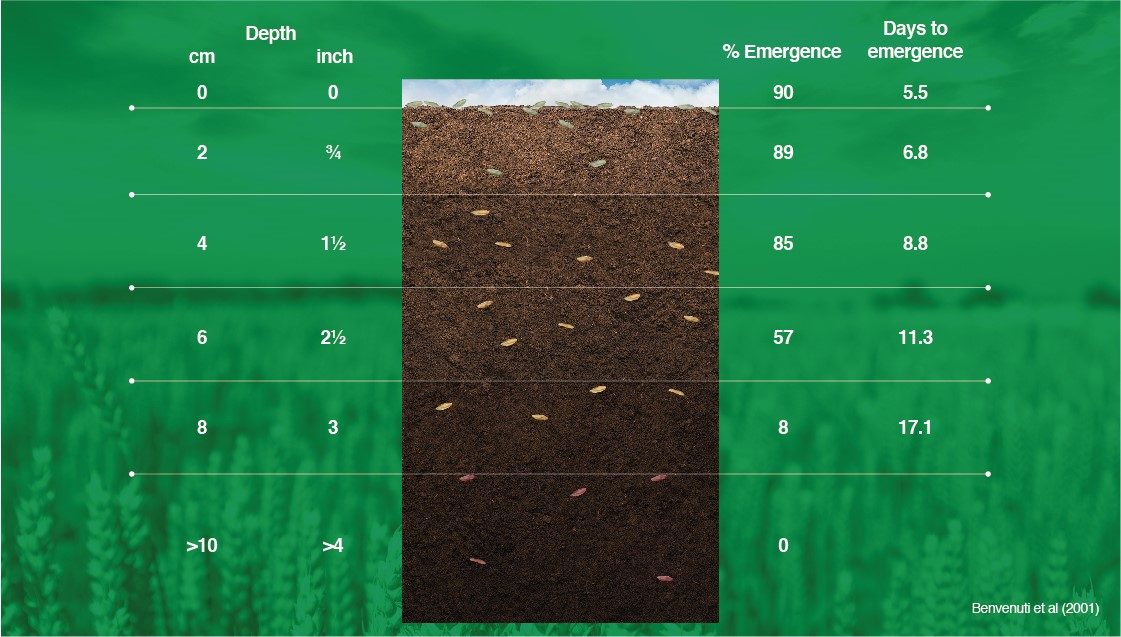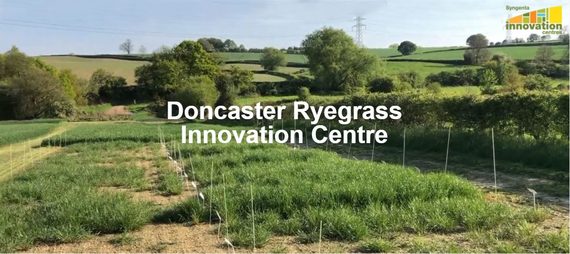A total approach to grass weed control

Key learns from Barton Black-grass Innovation Centre
Dormancy

Know what you're up against
1. Population2. Resistance3. Dormancy

Cultivation matrix findings
Our findings over the last three years suggest that using the same cultivation year on year isn’t the way to achieve the best margin or black-grass control. We found:Best margin: DD/Min-till/DDBest control: DD/Plough/DDWorst margin: Plough/DD/DDWorst control: Continuous min-till
Black-grass control


Margin
The impact of seasonal context
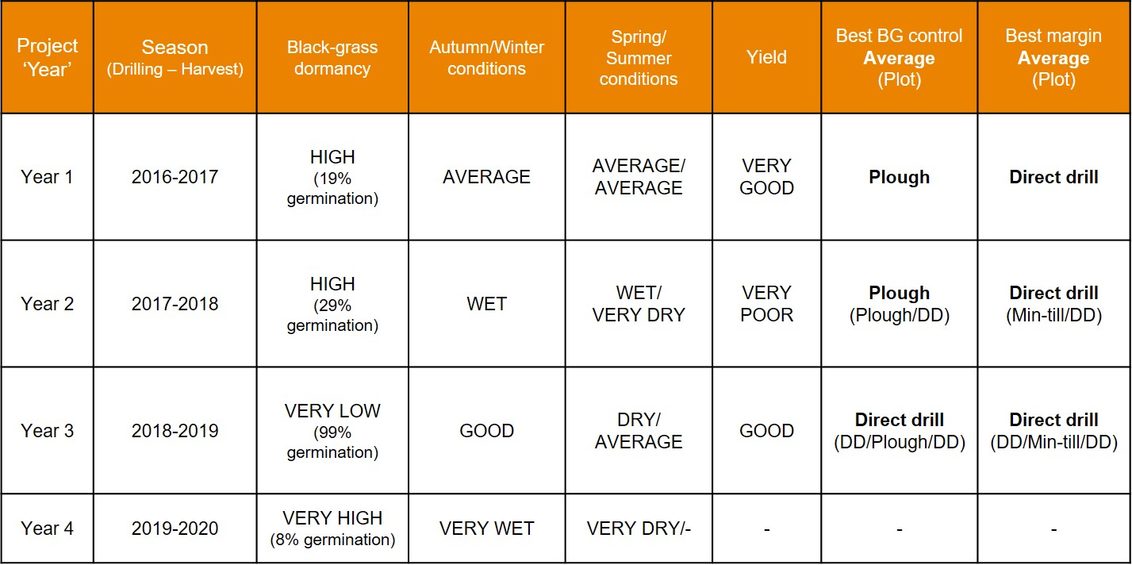
Establishment
Black-grass herbicide strategy

Where black-grass emerges from affects herbicide performance
Our data shows that where black-grass emerges from (due to cultivation) affects herbicide performance. In autumn 2018, leaving seed on or very close to the surface helped with pre-em control. In this low dormancy year, black-grass seed germinated quickly and the large stack was the best option in a direct drilled situation. Where weeds emerged from deeper, they emerged over time and the sequence showed an advantage over the large stack.However, in the high dormancy year of 2016, seed on the surface germinated over a longer period of time, and there was an advantage to sequencing herbicides, even in the direct drill situation.

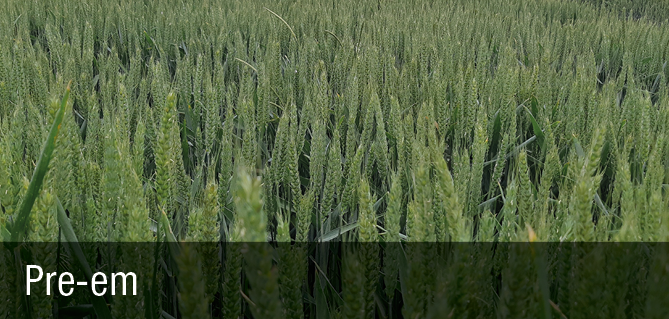



A spring crop needs to be competitive for good black-grass management
In the crop rotation matrix poor establishment of spring barley due to the dry 2019 spring gave poor yield, return and the worst black-grass levels.If you don’t establish a competitive spring crop, you’re possibly losing all you have gained in the extra stale seed bed by allowing too much black-grass to thrive in the crop and return more seed.
Actions
Key learns from Doncaster Ryegrass Innovation Centre
Competitive crops can out-compete ryegrass


Ryegrass herbicide strategy

DEFY
DEFY contains prosulfocarb for the control of a range of broad leaved weeds and certain grasses in winter wheat, winter barley and potatoes.


90% drift reduction nozzles deliver more even distribution of spray droplets
Nozzle choice is a fundamental part of hitting the target and achieving effective coverage of the soil surface – to get the best control from all pre-emergence applications. Ensuring an even distribution of product over the soil surface will improve your chances of controlling the emerging grass and broadleaved weeds.Both good coverage and even distribution are necessary for maximum efficacy of your pre-emergence herbicide application. The graphics on the left hand side both illustrate 50% coverage. However, the drift prone nozzle is showing extremely uneven distribution of the coverage, so we would likely see uneven and poor levels of control.
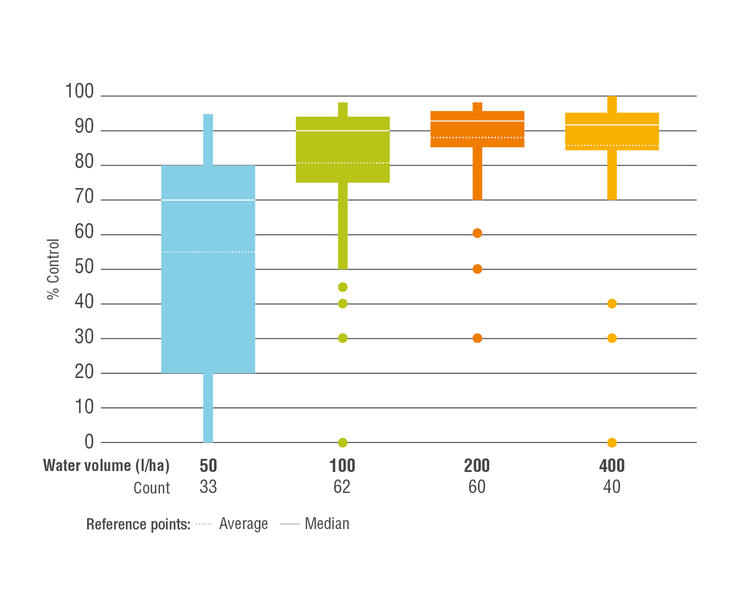
200l/ha water volume provides more consistent results
Grass weeds are getting tougher to control. Trials over four years have demonstrated that 200 l/ha water volume provides more consistent levels of control, with an average of 10% higher efficacy compared with 100 l/ha.

Download the Spray Assist app
Syngenta Spray Assist is a new app created to help sprayer operators to select the most appropriate application techniques on-the-fly. The simple to use app links to live local weather data to analyse the factors that influence accurate application and potential risk of spray drift, including wind, rain or frost. The app suggests techniques to enable sprayer operators to mitigate risks or alter practices.



